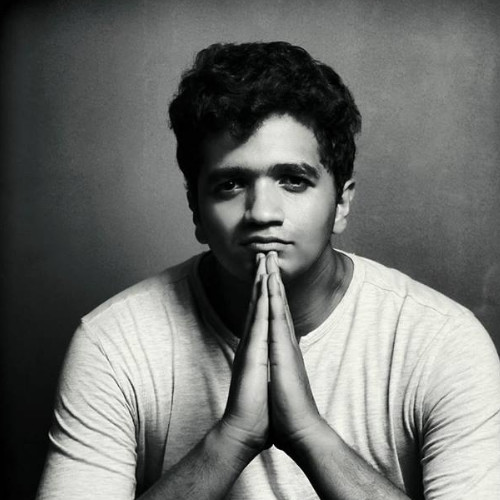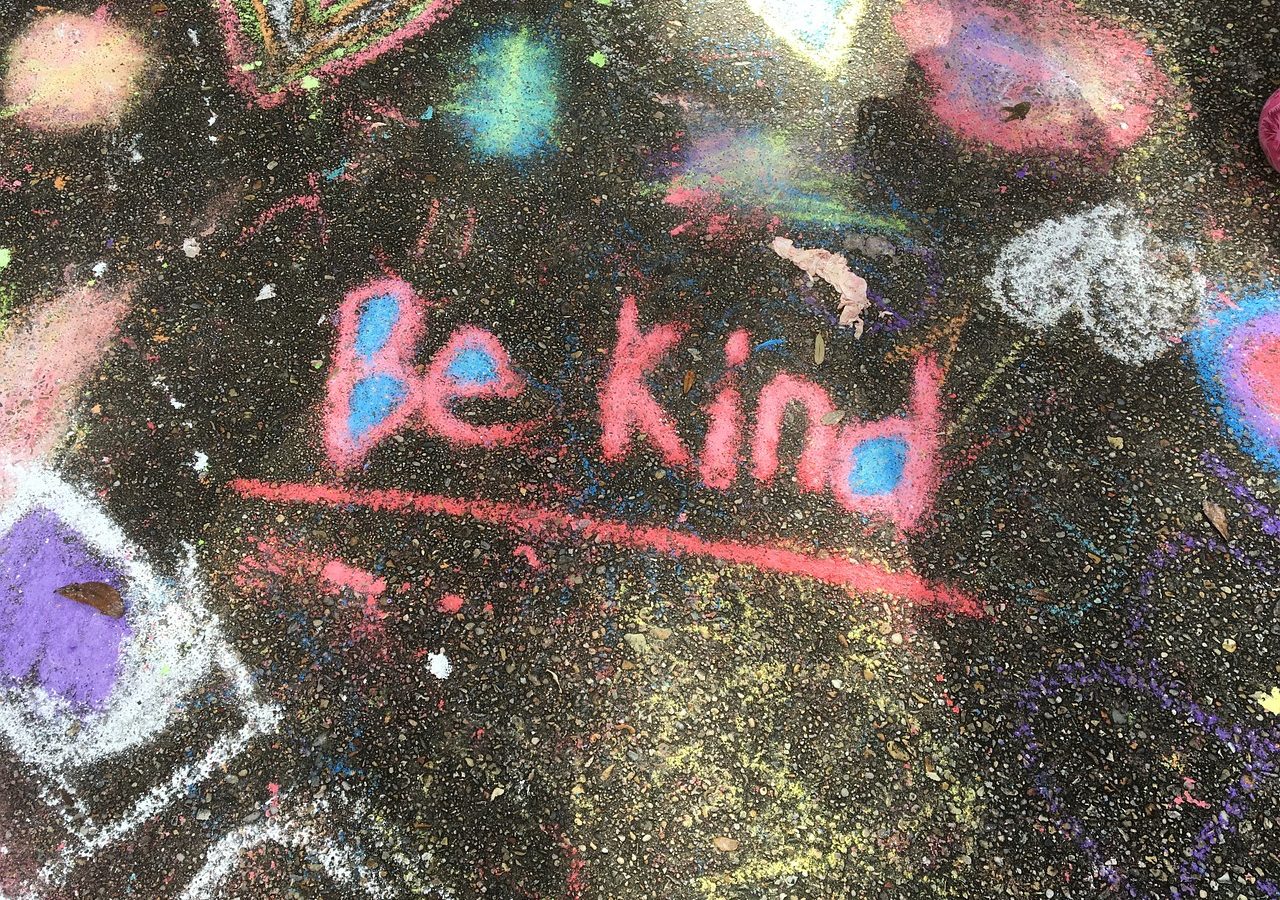Excitement, passion, surprise, beauty—those are the words that come to my mind when I think of filmmaking. What really attracts me is the journey of self-realisation and awareness that takes place throughout the process of filmmaking.
Having been a strong criticiser of popular culture, I feel it’s my duty as a human being and filmmaker to bring out unheard and often ignored voices in front, making people aware about social malignancies that hunt our society. Migration is one such issue which is a key ingredient, acting as a catalyst to a variety of issues concerning Human Rights. The film City of Tears is a small step towards curbing the issue, thus, making society a better place to live.
While walking by the busy lanes of Chandni Chowk, I stumbled upon a community which was going to alter my understanding of the world and have a monumental impact on my life.
I met Suhaina, a young Kathak dancer who belonged to a community of families migrated from different rural parts of India to Delhi for better jobs and opportunities. Being poor, they had to sell their land in order to sponsor their travel only to realise that they are in a much worse condition as the urban city failed their “Great Delhi Dream”.
To make ends meet, they work hard in shops, parks and hotels only be dehumanised and preyed upon by capitalistic structures of the society.
Void of identity proof, citizenship and Voter ID Card, they are nothing but ghosts in the system. At least ghosts are acknowledged by their gravestones, however, these people are invisible, never born. Mistreated by their employers and masters, these migrant workers are underpaid, malnourished and void of any human right as they didn’t exist on the records. Therefore, they are never given importance because they don’t constitute a vote bank which might lure in some local politician and counsellors to improve their conditions.
To make matter worse, municipal corporation officials occasionally confiscate their belongings, they allege, adding police forcefully extract their monthly protection fees.
While Suhaina told me about her family, a realisation dawned upon me and in that moment, somehow I felt the need to do something. I was taken aback while I walked back to Metro Station.
I talked to my friends about it and suddenly it occurred to me—why not make their voices heard through a documentary film? Being a film enthusiast, I knew the power films had. The very next day, I took my camera and interviewed people.
The fear of someone snatching my camera away didn’t stop me and I kept on shooting despite the police intervening and their attempts at shutting down my camera, I lost around 20 per cent of my recorded footage in the process.
Over the course of the shooting the film, the more I got to know about these people’s lives, the more grateful I became for the kind of life I had. I could have been one of them—a young man with blade cuts on chest, or a child addicted to whitener fluid.
(This story is from the #BestofKindnessMatters series by UNESCO MGIEP, which is a part of the larger campaign on #KindnessMatters for the SDGs. It has been republished with permission.)


